According to a recent Wall Street Journal opinion piece, the rise of AI-equipped drones is reshaping modern warfare and potentially threatening U.S. military dominance. This development challenges long-held Pentagon beliefs about the superiority of expensive, high-tech weaponry over mass-produced alternatives.
The Drone Revolution
The emergence of kamikaze drones has become a game-changer in modern conflicts. Ukraine’s ambitious goal to manufacture a million drones this year highlights the shifting landscape, as they aim to counter Chinese and Iranian drone supplies to Russia.
“Ukraine set a target to manufacture a million drones this year to keep up with Chinese and Iranian supplies to Russia—and it’s telling that Russia replaced its defense minister with an economist fixated on drones,” the article notes.
AI Integration: Opportunity and Challenge
The integration of Artificial Intelligence into cheap drones represents both an opportunity and a challenge for the U.S. military. While America boasts superior AI capabilities, the Pentagon’s slow adaptation to this new reality poses risks.
Pentagon’s Procurement Dilemma
The U.S. military faces a significant hurdle in its procurement model. Most of its budget is tied to a defense oligopoly ill-equipped for low-cost production. The article points out that “the military’s five prime contractors resemble power utilities,” prioritizing profit over innovation and cost-effectiveness.
The Need for Change
To address this challenge, the article suggests a three-step approach:
- The defense secretary must prioritize the production of cheap AI drones.
- An empowered investment committee should guide strategic decisions.
- Congress must grant the secretary of defense more flexibility in spending.
“Change will require three steps. First, the defense secretary must insist that a million cheap AI drones are vital,” the article states, emphasizing the urgency of the situation.
DroneXL’s Take
The rise of AI-equipped drones in warfare underscores the need for agility and innovation in military technology. While the U.S. holds a significant advantage in AI development, leveraging this edge requires a fundamental shift in procurement and strategy.
The potential of AI drones extends beyond military applications. In civilian sectors, we’ve seen drones with AI capabilities revolutionize search and rescue operations, demonstrating their versatility and effectiveness. As the technology advances, it’s crucial for both military and civilian sectors to adapt and harness the full potential of AI-equipped drones.
The challenge for the U.S. military lies not just in developing the technology, but in reimagining its approach to procurement and deployment. By embracing innovation and flexibility, the U.S. can maintain its technological edge and effectively respond to evolving threats in the drone era.
Photo courtesy of Wild Hornets.
Discover more from DroneXL
Subscribe to get the latest posts sent to your email.

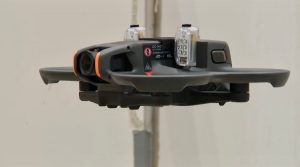
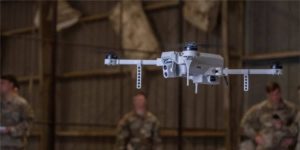
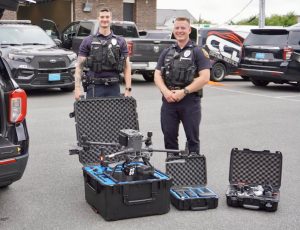




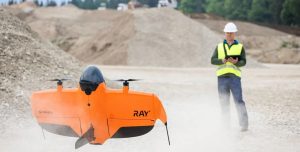
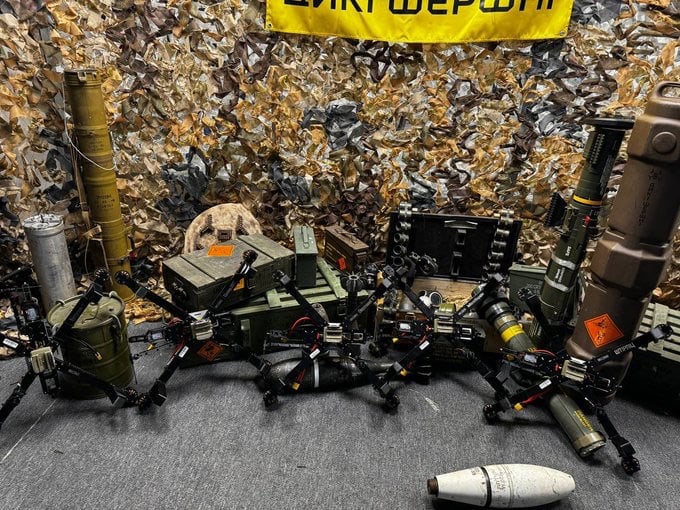

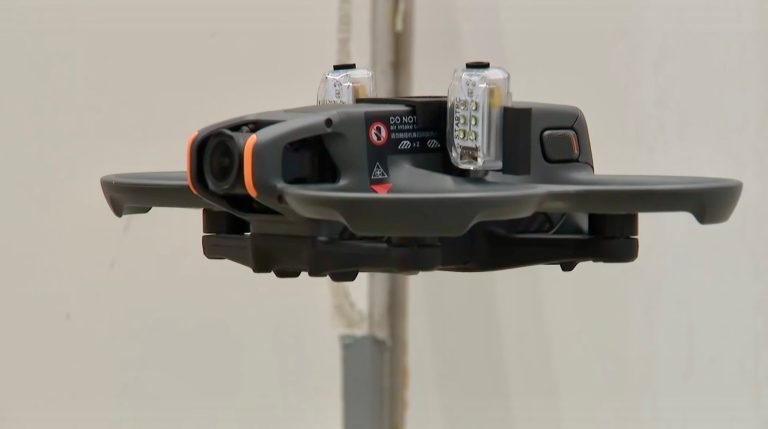
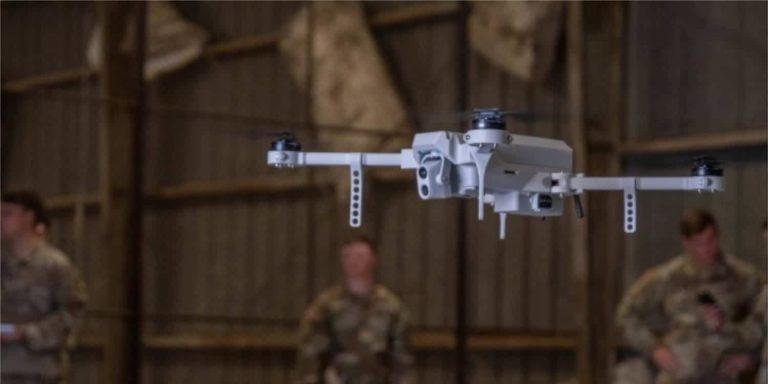


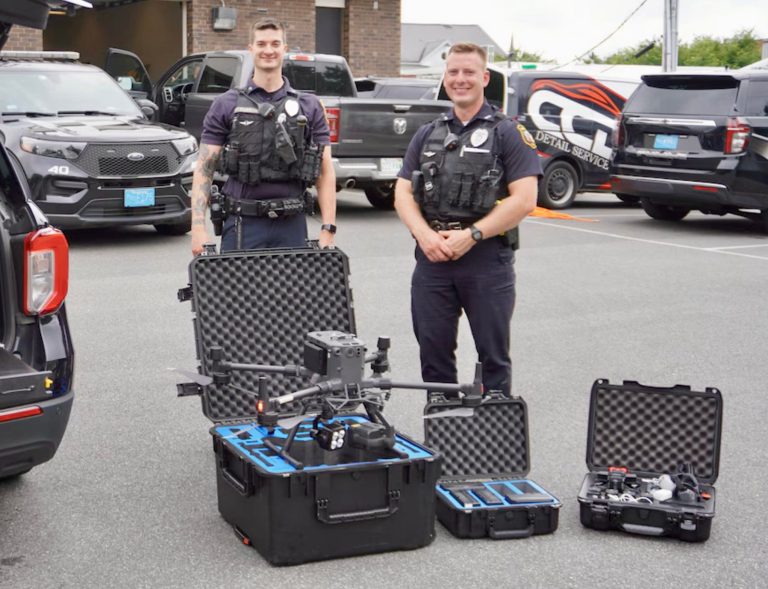




+ There are no comments
Add yours